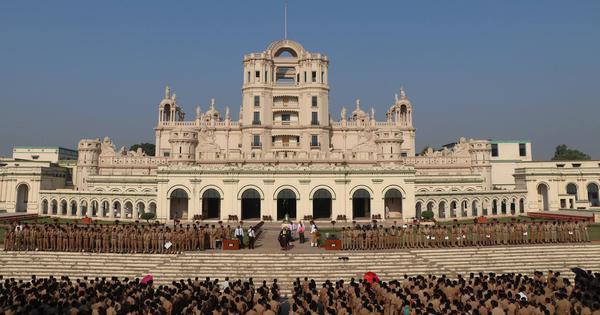“Arrived in India as a common soldier and died at Lucknow on the 13th of September, 1800, as Major-General. He is buried in the tomb. Pray for his soul.”
So reads the epitaph of Major General Claude Martin, who rests in his mausoleum Constantia that houses the famous La Martinière College for Boys in Lucknow.
Martin sailed from Lyon to India in 1751 at the tender age of 16 to serve the Compagnie des Indes orientales. A decade later, in 1761, he joined the Bengal Army of the English East India Company, following the French defeat in the Carnatic War. He moved from Fort William, Calcutta, to the newly established capital of Awadh, Lucknow, in 1776, where he became friends with Nawab Asaf-ud-daula, who was building the city. Their friendship gave rise to a unique style of architecture, called Lakhnavi Architecture, that incorporated features of the Mughal, Hindu and European styles. Today, few people in Lucknow know of Claude Martin’s contribution to Lakhnavi…
